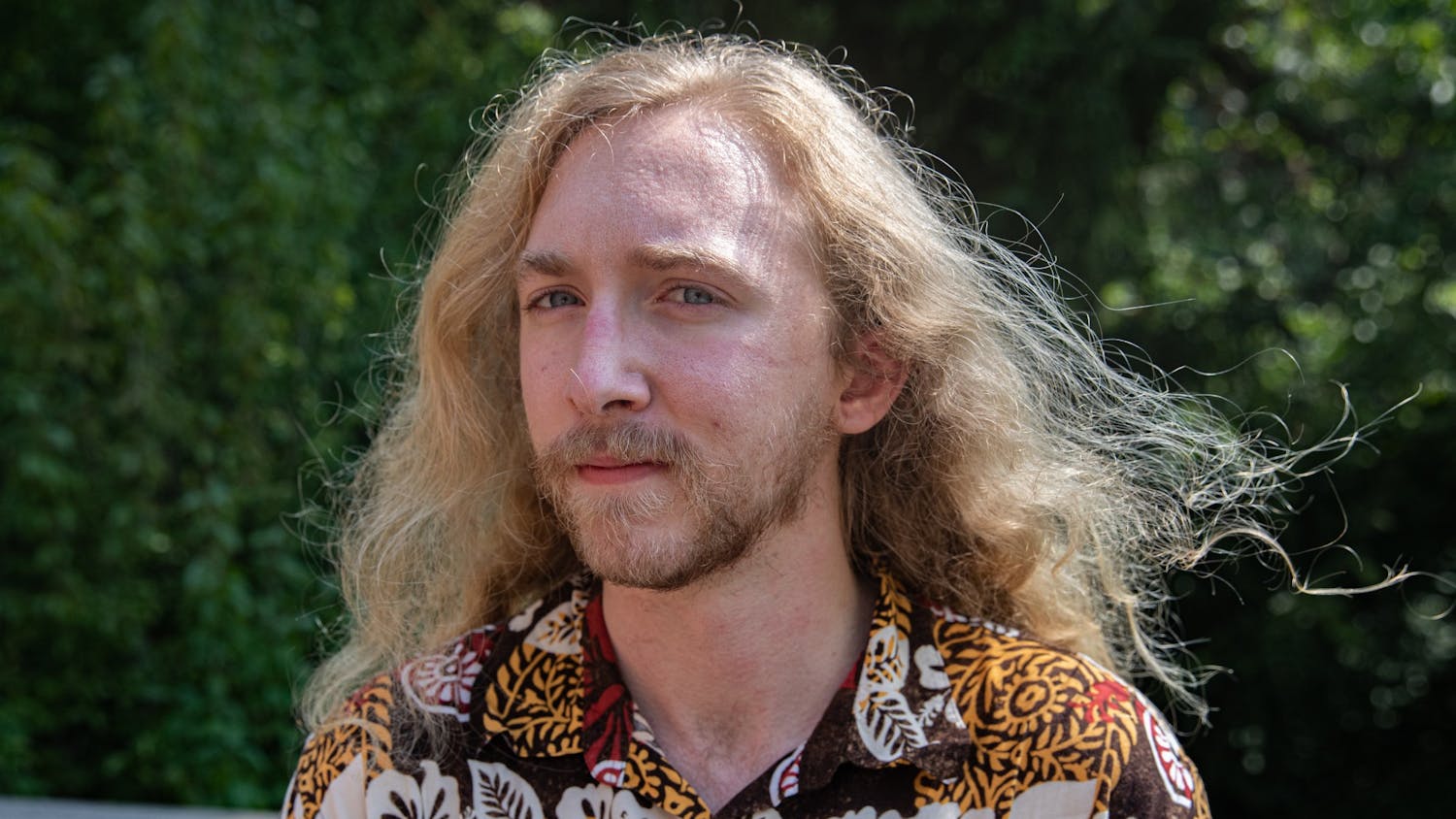Francis Ford Coppola’s take on Bram Stoker’s “Dracula” turns thirty this year. Though the film is a unique adaptation, adding a modern lens to Victorian repression, it is not without merit for its visual effects.
Every effect except one was done in camera, meaning the effects were performed on the set and day to be captured on film, meaning no green screens, CGI or post-film production. The results are incredible shots like the slaying of Lucy scene, which is as dramatic as it is gory and resembles French plays of the era.
This blending of horror and stage play aspects mimics the history of French theater the Grand Guignol. The Grand Guignol was infamous for its plays often involving stark violence. This interest in violent entertainment didn’t stop with the closing of the theater in 1962, instead finding new roots in film.
Take for example the work of Tom Savini. Famous for his realistic makeup work, Savini has worked in horror since the ‘70s. In the behind the scenes for “Maniac” Savini explores the makeup work that goes into creating on-camera kills.
During the height of slashers, Savini was asked to create similar kills like the ones in “Friday the 13th” and “The Prowler” a year later. His talent in makeup and deception often improved in between films with the latter of these features mimicking real life.
By the midpoint of his career, he’d reached new gruesome heights with “Day of the Dead.” His later career has moved away from gore towards designing the mask of the Grabber from the film “The Black Phone.”
From the gore of Savini, we see the art of atmosphere in “The Tingler” (appearing in “The Black Phone”). Following a scientist as he researches a bug that kills people in moments of terror, the film relies on visuals rather than gore to push scares due to censorship.
The most memorable aspect of the William Castle film is the breaking of the fourth wall as the characters warn that the tingler had escaped into the audience. This resulted in chairs in the screening vibrating with small motors, simulating the tingler.
In this dichotomy from Savini to Castle, we can see the role of the practical in horror. It’s the fear that what will happen on screen can be translated into reality. We see a similar audience engagement used in trailers for “Barbarian,” mirroring audience hype.
Finally, there is the realm of body horror. This is found in the films of David Cronenberg whose career has seen several stunning features of bodily horror elevated by their effects. Films like “The Fly” and “Scanners” pushed horror to new boundaries under the lead of Stephan Dupuis.
Dupuis work in film has cemented the subgenre of body horror in cultural zeitgeist, while also exploring what was possible with effects. Moving beyond realism into the uncanny, his work points to a third aspect of horror effects, specifically to disgust.
The anniversary of Bram Stoker’s “Dracula” allows for a time of reflection on the history of horror visual effects as well as a time to seek out creators. Films like “Hereditary,” “Mandy” and “Babadook” work in the confines of a new industry to take the practical effect to new places, like the creators before them.
Benjamin Ervin is a senior studying English literature and writing at Ohio University. Please note that the views and opinions of the columnists do not reflect those of The Post. Want to talk more about it? Let Benjamin know by emailing him be425014@ohio.edu.




